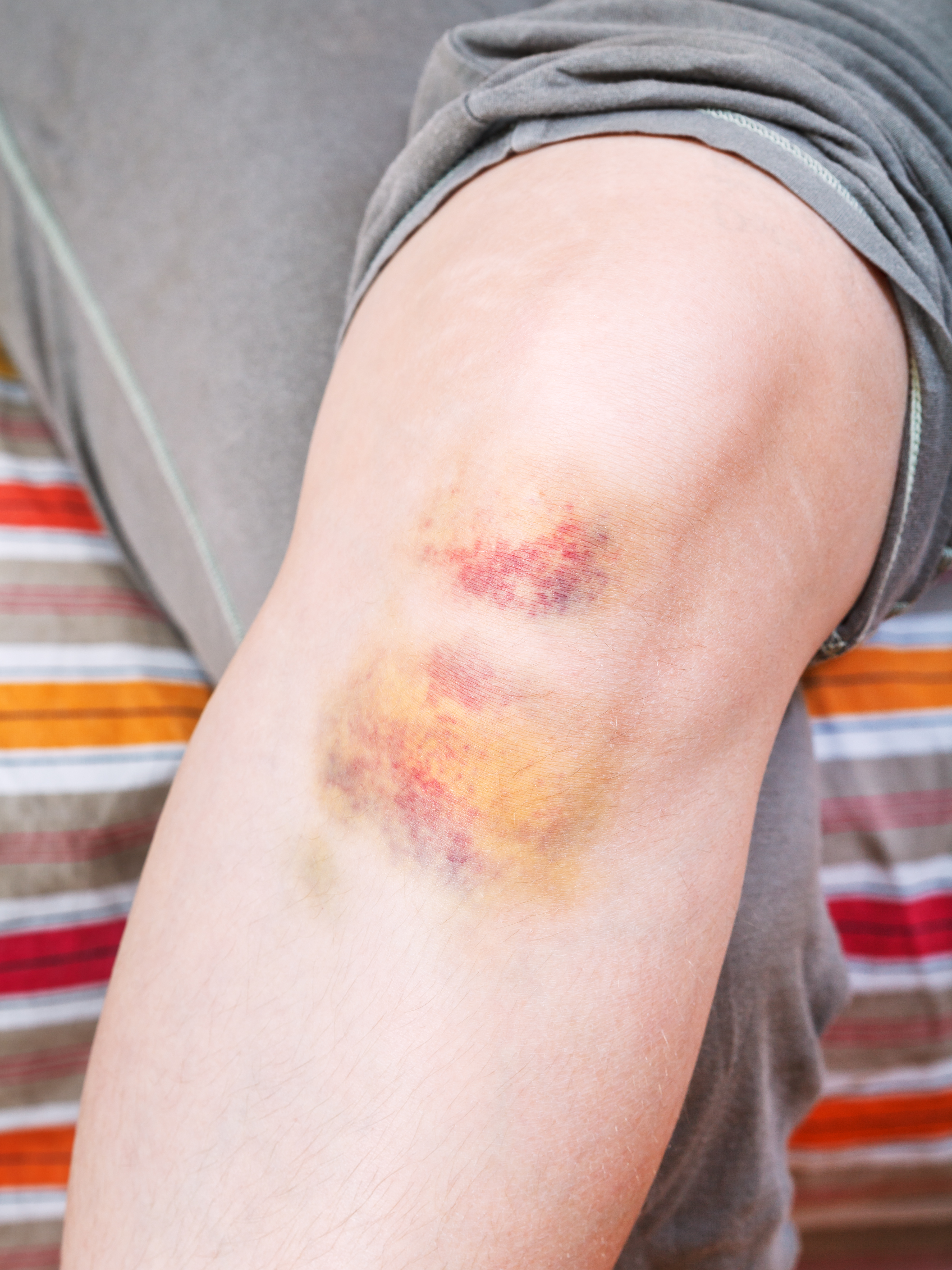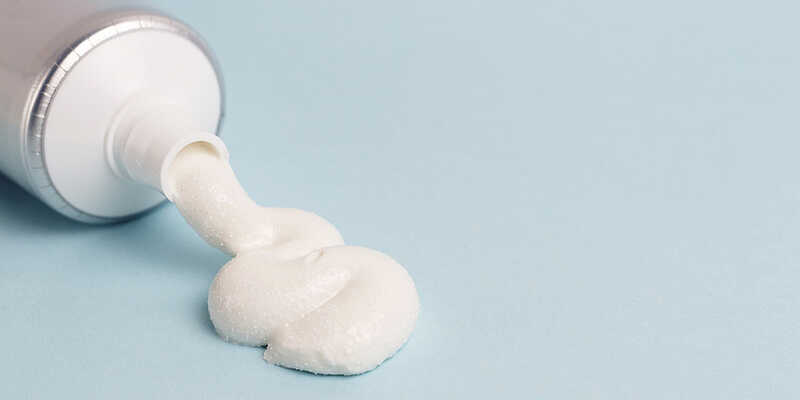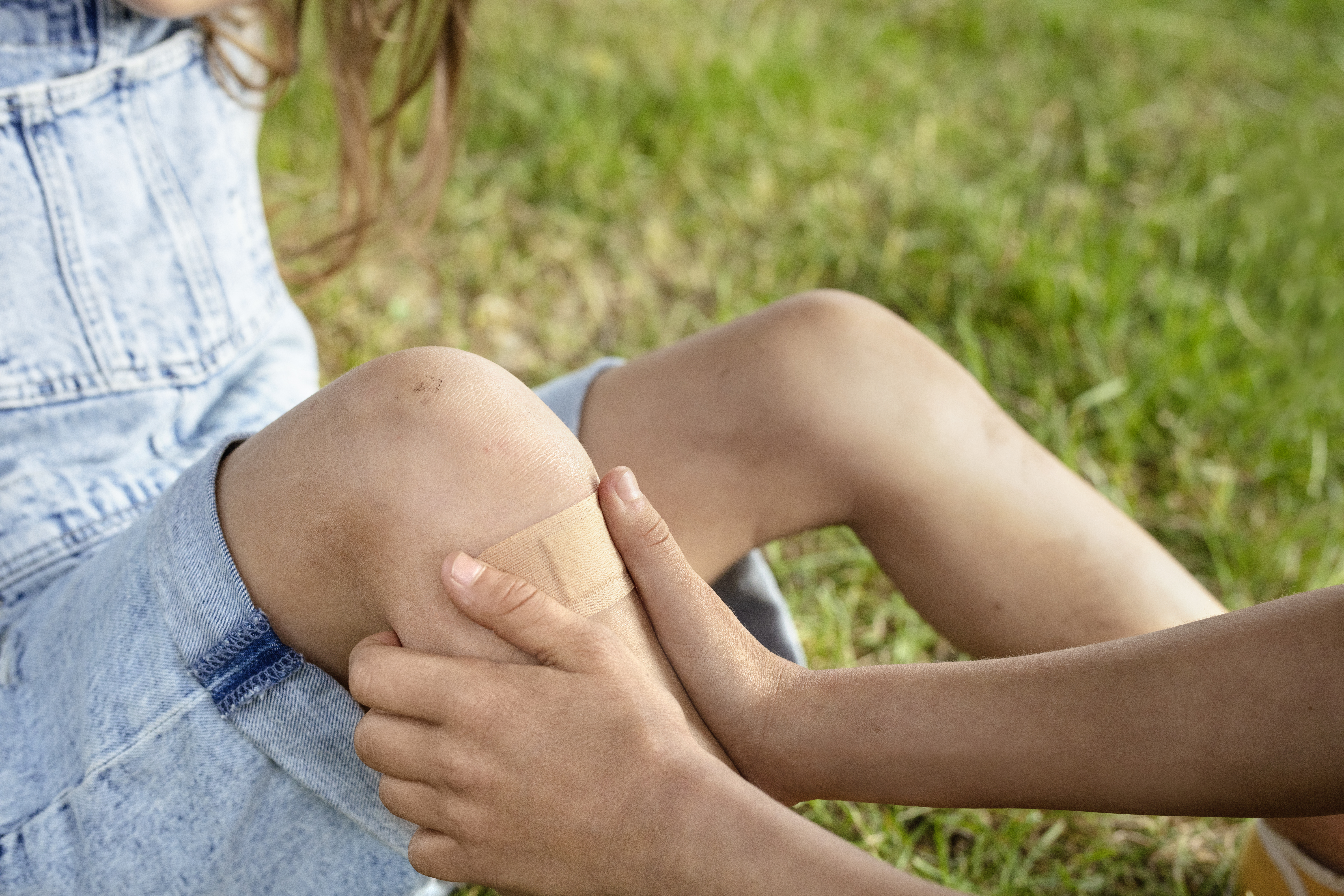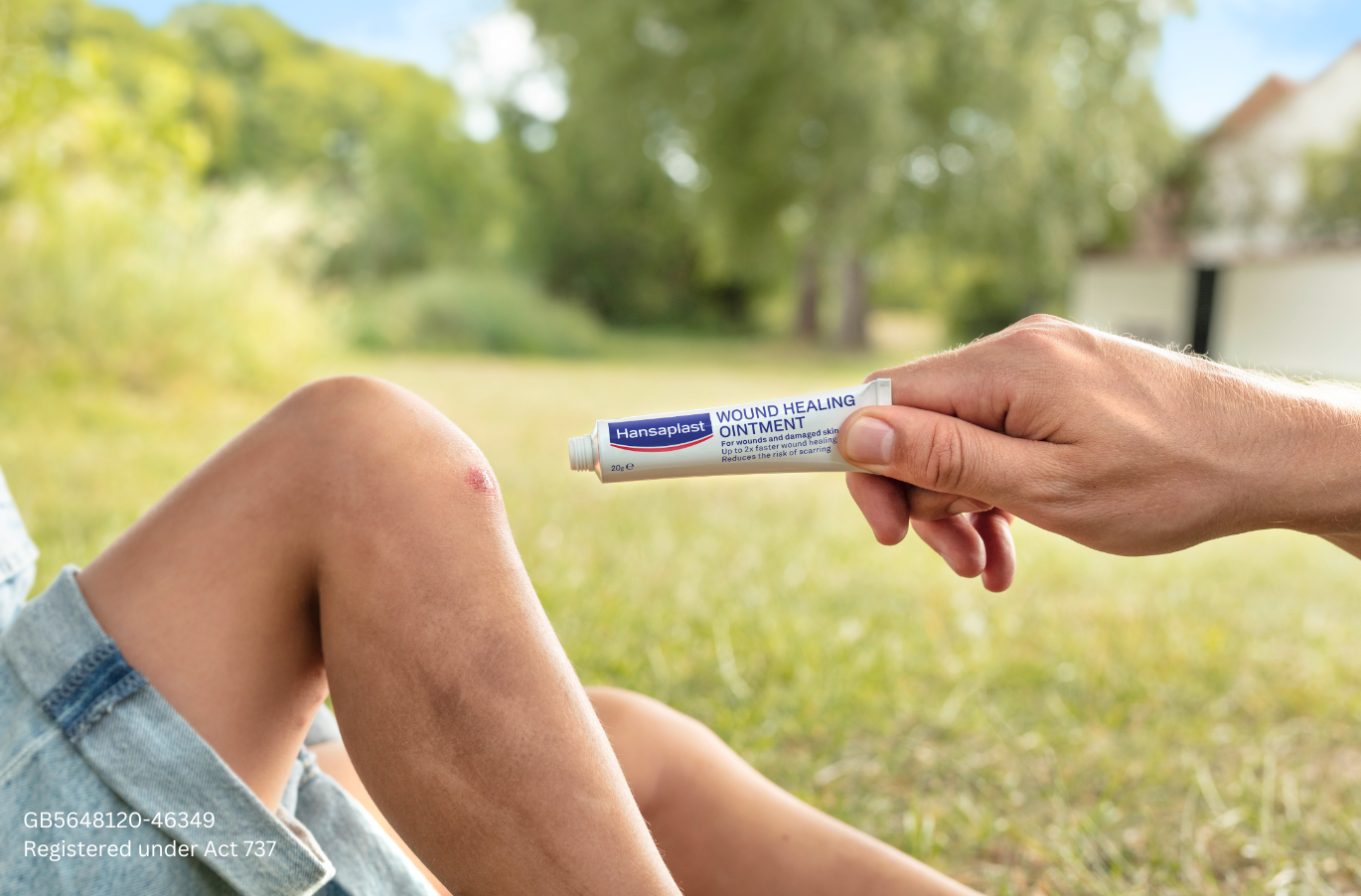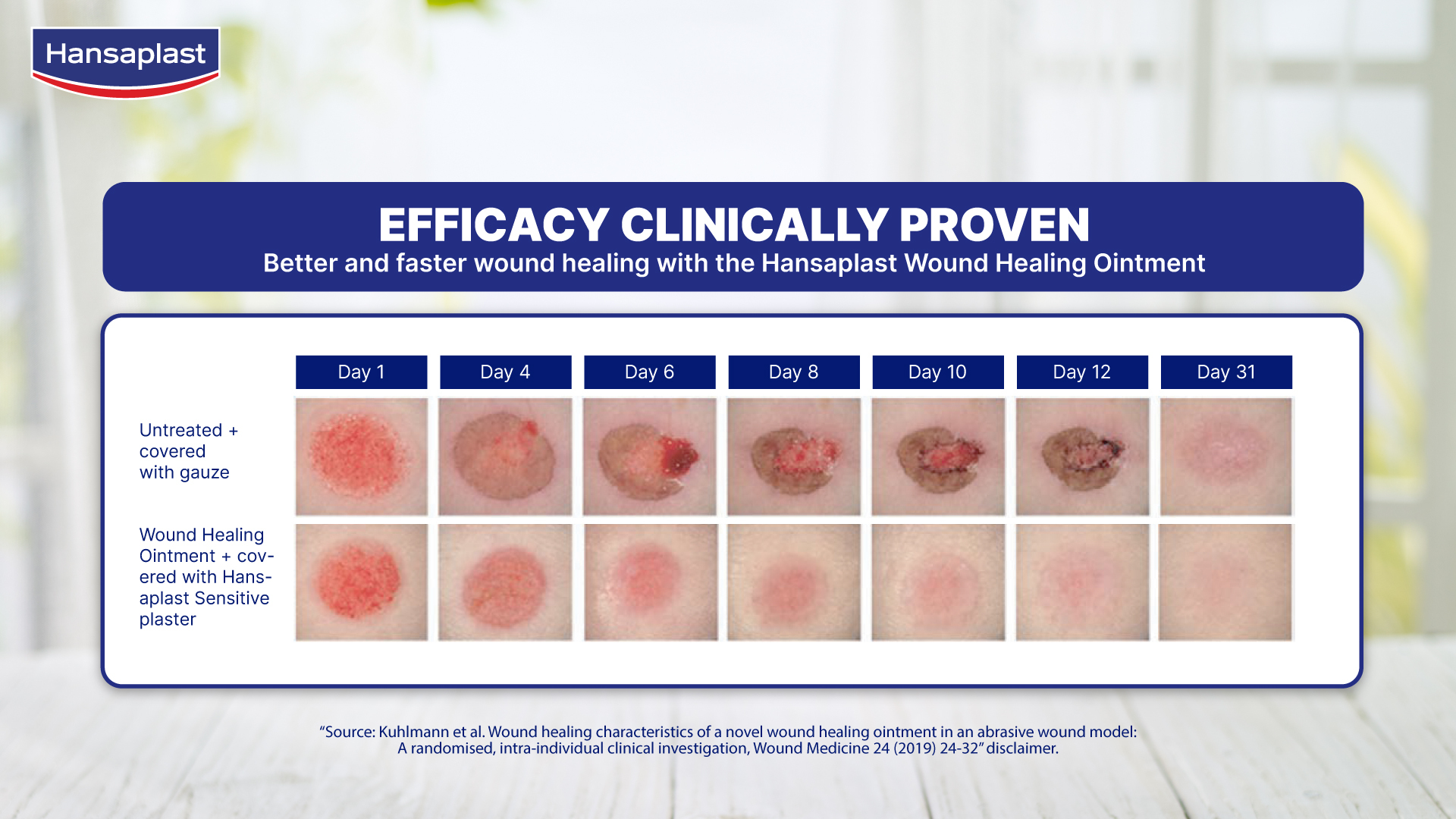Leaving Cuts Exposed To Air & Other Myths You Should Stop Believing About Healing Wounds
Ditch these old wives' tales and take the proper measures to prevent infections and get your wound to heal quickly!
Getting everyday wounds such as cuts, abrasions, minor burns and scrapes is inevitable, especially for young children
These can happen from carrying out the simplest of things, from accidentally touching a hot pan while cooking to falling over while riding a bicycle, leaving us to — figuratively — lick our wounds and treat them.
But, did you know that there are certain myths about treating wounds that are still being practised to this day? In fact, you may be carrying out these methods unknowingly, which causes them to take even longer to heal, or worse, develop infections.
MYTH #1: Using rubbing alcohol or hydrogen peroxide to disinfect wounds
Both these antiseptics are known for their use in killing bacteria. However, they can be considered too harsh and irritating on an open wound, and could damage the surrounding healthy tissue, thus delaying the healing process.
Instead of treating the cut with harsh chemicals, it is recommended to keep the wound moist (which you can do by using ointments formulated for wound healing), as this will speed up the healing process.
MYTH #2: Exposing the wound to open air will allow it to "breathe" better
Leaving your wound uncovered is just an invitation for germs, bacteria, and viruses to invade your skin. Protection is paramount, and this can be done by bandaging it.
For cuts and abrasions, plasters do well to protect your skin, and should be changed daily for hygienic purposes.
MYTH #3: Applying toothpaste to minor burns will help relieve the pain
Many are eager to apply toothpaste to the burned area, as it contains cooling ingredients such as sodium fluoride and menthol. The problem with this so-called home remedy is that you'll be more at risk of contracting infections and aggravating the problem even further.
Instead of toothpaste, it is better to use ointments that are formulated with ingredients specifically for treating burns.
By being aware of the myths surrounding the treatment of wounds, you may speed up the healing process and minimise the risk of long-lasting scars
As a general rule of thumb, you should follow these steps when treating wounds:
- Use a wound spray to clean it from dirt and bacteria
- Protect the wound with a plaster
- Help the wound heal faster by applying a wound healing ointment
PS: If you experience heavy bleeding from your wounds, show signs of infections, or have major burns, it is recommended that you seek help from a medical professional immediately.
Treating wounds at home is manageable with Hansaplast, thanks to their range of products that are designed for wound cleansing, protecting, and healing
From plasters that are waterproof and sensitive skin-friendly to vibrant kid-friendly plasters featuring Disney and Marvel characters, we're pretty much familiar with Hansaplast's range of plasters.
With 100 years of expertise, they have designed their plasters to be breathable and durable by rigorously testing their products to ensure top quality and safety. Hansaplast plasters have been proven to prevent 99% of dirt and bacteria* from entering the wound, which helps avoid potential infections and allows the body's natural healing mechanism to do its work unhindered.
But, did you know that they also have their own wound spray and healing ointment? Yup, Hansaplast has come up with these products so you can take on all the steps to healing your wound: Cleanse, protect, and heal!
*Hansaplast plasters protect against dirt and bacteria.
Hansaplast Wound Spray: Cleanses wounds from dirt and bacteria
Cleansing the wound is the first step to treatment, which is where the Hansaplast Wound Spray comes in. As it is alcohol free, the application is pain-free** and can be applied quickly. Its colourless solution ensures that it will not leave any stain on your clothes. This skin-friendly wound spray is also suitable for children, and those with sensitive skin.
Simply spray from a distance of approximately 10cm onto the entire wound area. Repeat if necessary, then gently dry the wound and surrounding skin area.
**PMCF-Study, 95% agreement "Wound Spray is pain-free to use", n=59, Freese R, Physician, principal investigator, Hamburg, 2019
Hansaplast Wound Healing Ointment: Heals wounds up to 2x faster***
This ointment supports the healing of minor superficial wounds and damaged skin, including cuts, abrasions, scratches, minor burns, and cracked skin. Free of fragrances, colourants, preservatives, and animal-derived substances, it is suitable for babies and damaged, irritated, dry, or sensitive skin.
With up to 2X faster wound healing***, it builds a breathable and protective film that prevents the wound from drying out. What's also great is the ointment creates an optimal moist wound healing condition, promoting the natural healing process and reducing the risk of scarring.
***Hansaplast wound healing ointment heals up to 2x faster compared to an untreated wound.
Wanna add these wound care items to your first aid kit at home? Head over to Hansaplast's website to find out more!
Watch the video below for other common mistakes in wound care:
The information provided is for educational and communication purposes only and it should not be construed as personal medical advice. Information published in this article is not intended to replace, supplant or augment a consultation with a health professional regarding the reader's own medical care.
No. Kelulusan Iklan: MDAMD 0459/2022
